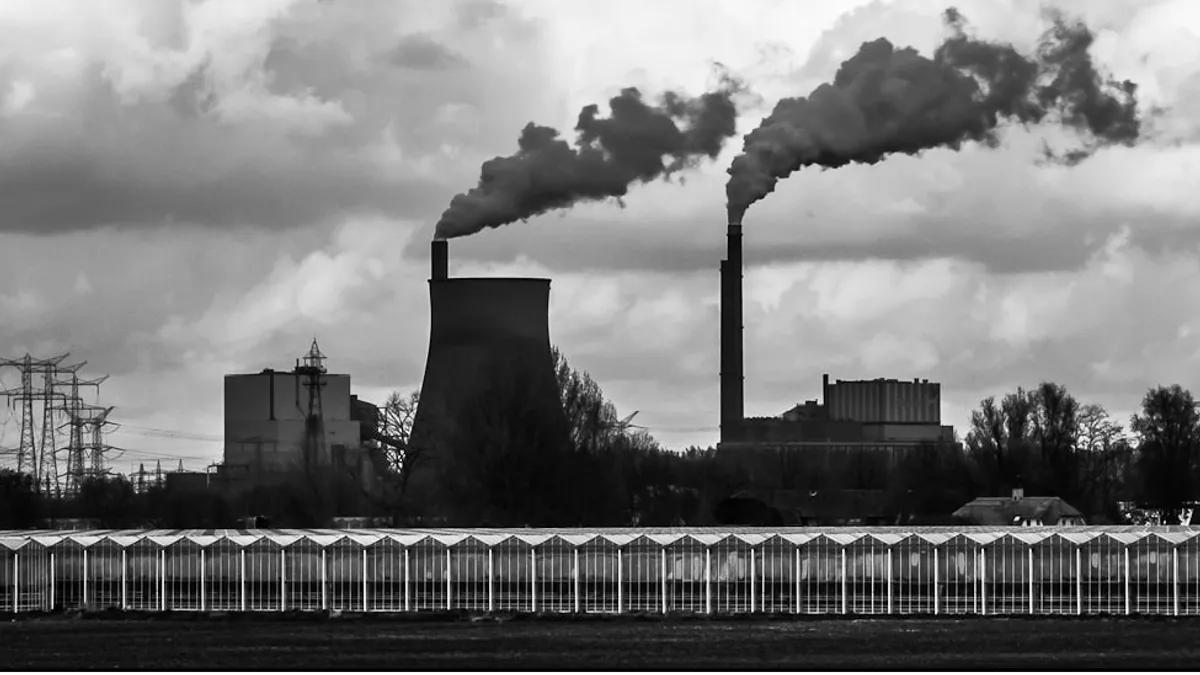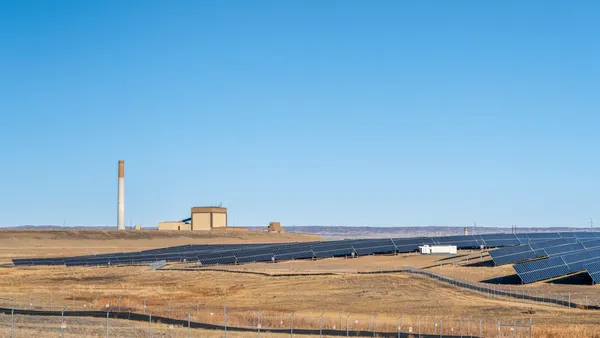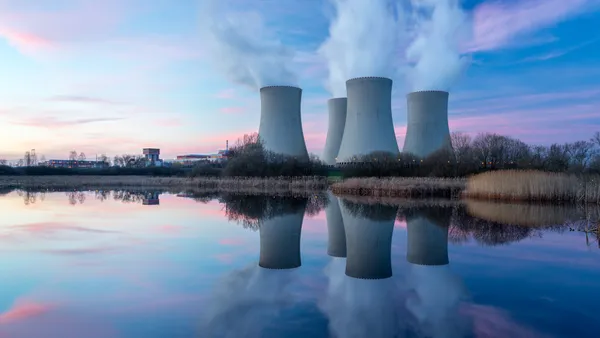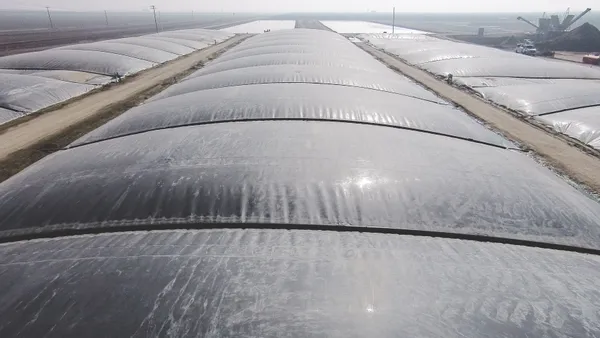Dive Brief:
- The National Association of Clean Air Agencies (NACAA) has released a lengthy examination of methods states could use to comply with impending carbon mandates, ClimateWire reports, going beyond the basic principles outlined by federal regulators to include more than two dozen strategies.
- And the clean energy advocacy group Advanced Energy Economy (AEE) has issued a white paper examining the argument that the federal government cannot force states to comply with the Clean Power Plan, finding that a traditional reading of the agency's role indicates that it does have the authorization.
- Critics of the federal government's plan to cut carbon by 30% by 2030 have said states cannot be forced to comply because it would violate the 10th Amendment, and some states have indicated they intend to refuse to comply.
Dive Insight:
As the final regulations under the government's carbon plan approach, more analysis is being done on the rule's impact, how states can comply, and whether or not their compliance can be forced.
NACAA, an association of air pollution control agencies representng 42 states and the District of Columbia, issued yesterday a "menu" of compliance options that include a closer look at emerging technologies as well as well-understood ideas like improving coal quality, optimizing grid operations, implementing efficiency targets and encourage clean distributed resources.
In addition to the more traditional compliance options, the group noted that the electric sector is "undergoing dramatic change, however, morphing from a one-direction analog system ... into a digital, distributed network system, where both supply and demand are managed through two-way communications and smart devices."
The group also looked at electricity storage, smart grid applications, electric vehicles, device-to-device communications, rate design and pricing, and new utility business models.
"Currently emerging digital multidirectional systems will utilize distributed grid networks and manage both supply and demand through two-way communications and smart devices," NACAA said in the report. "These changes will profoundly alter the electric power system as we have known it for the last century."
Separately, AEE issued its analysis of an argument being used against the CPP, that the federal government would not have the authority to put in place a plan should the state decide because it would violate a state's rights. The new paper argues that the EPA does have the authority to put plans in place if a state refuses to develop a compliance strategy.
"This analysis demonstrates that under a very traditional view of EPA jurisdiction, EPA can still create a federal plan that hits the same standards," AEE spokeswoman Monique Hanis told ClimateWire.
The report recommends that if a federal plan is created for a state, the plan should "utilize the market-based mechanism of rate-based trading, allowing interstate credit trading among states under the Federal Plan, and with any state under a state plan that includes appropriate links to the Federal Plan."
Sen. Mitch McConnell (R-KY) has called on states not to submit a plan, but so far it seems only a few states are considering that option. Oklahoma Gov. Mary Fallin (R) recently signed a bill ruling out a state compliance plan for the rule, and many Texas lawmakers have indicated they would like their state to do the same. The current Kentucky governor says he supports a compliance plan for the rule, but all of the major candidates for his position in 2016 say they would not submit one.














